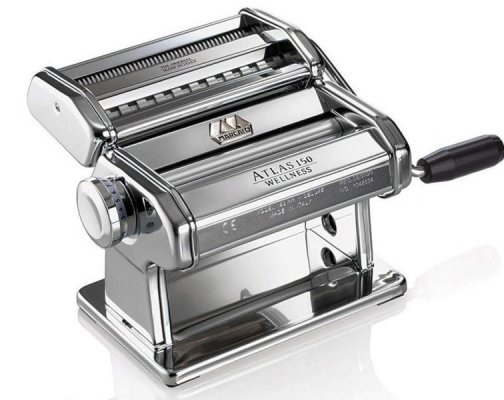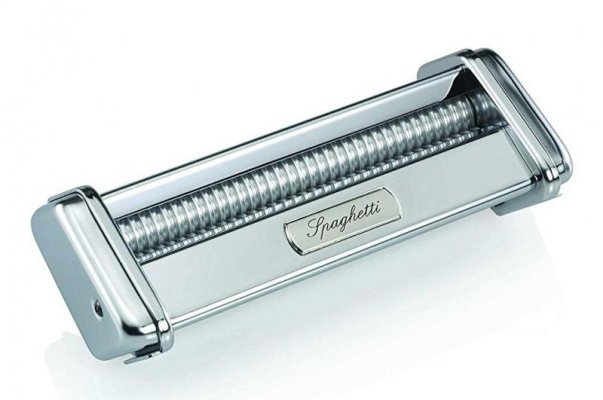Andy M.
Certified Pretend Chef
I have a pasta machine. It's an inexpensive hand cranked model and does a pretty good job for sheets of pasta and fettuccine.
I've made mostly fettuccine. I made sheets for lasagna once and decided it's not worth the effort. The qualities of fresh pasta get lost in the layering with the sauce, cheese and noodles.
I do have a question. No where do I find info on how thick/thin I should be rolling pasta for different shapes. I have a thickness dial with thicknesses up to 7.
For fettuccine, I roll it fairly thin as it swells when it's cooked. What I don't know is how thick it should be for ravioli or lasagna or other shapes.
Any thoughts?
I've made mostly fettuccine. I made sheets for lasagna once and decided it's not worth the effort. The qualities of fresh pasta get lost in the layering with the sauce, cheese and noodles.
I do have a question. No where do I find info on how thick/thin I should be rolling pasta for different shapes. I have a thickness dial with thicknesses up to 7.
For fettuccine, I roll it fairly thin as it swells when it's cooked. What I don't know is how thick it should be for ravioli or lasagna or other shapes.
Any thoughts?


